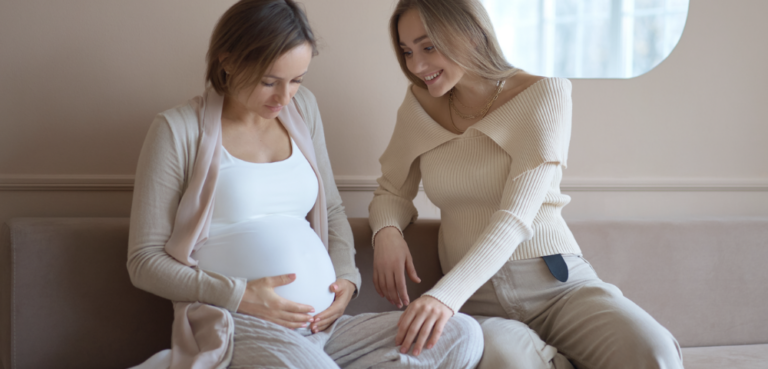
The New Blak
The usual question of fascination I get is, -˜What’s first, gay or blak?’ -¦ For me and many of my muligee friends and family, and friends of us muligees, it’s not an issue of what comes first in our identity. I think the identity breakdown is more a Western construct which forces people to be divided.
This quote by artist Brook Andrew accompanies the very first image in the exhibition Kweer Art, which showcases the work of indigenous lesbian and gay (muligee) artists. It strikes me as an intelligent curatorial choice, immediately problematising in words what the exhibition will further challenge in pictures. Kweer Art features digital art, woven baskets, acrylic paintings and full-body costumes: some of which overtly address gay and lesbian issues for Koori people (and beyond), but most of which don’t. Curator Tracey Duncan (a Kamillaroi woman) explains.
The artists who wanted to be part of this exhibition -¦ took it upon themselves to be part of it by creating work that told the viewer about themselves in a subtle kind of way. It was a way of expressing who and what they are without making large political statements to justify being gay but creating art as an extension of their history -¦
It’s a history that, not surprisingly, has strong roots in contemporary urban experiences. Jeffrey Samuels’ Murder At Cnr Albion And Commonwealth St, Darling-hurst memorialises the mostly unknown death of a 15-year-old Aboriginal sex worker, using digital imagery. J.C. Renshaw’s costumes include both Frill Neck Lizard and Bionic Man/Android.
I think the white reception of contemporary urban art has still a long way to go, says Duncan. When folk leave that idea that all Aboriginal art is about dots or X-ray style, only then will we see a change in people’s attitudes as to what is Aboriginal art.
I believe that what indigenous artists are painting in the city is just as important as the traditional works done in the 50s -¦ urban artists are painting what’s relevant to them and using new media around them as an extension of their storytelling today.
Expectations of genre swing both ways, however, and can limit both audiences and artists, which Duncan freely acknowledges.
Aboriginal artists do not need to put a kangaroo or whatever to make it look Aboriginal. They just need to be able to paint what they feel, without the pressure of it not looking Aboriginal enough for people to buy it, says Duncan.
The scope of the exhibition is wide, a scope which includes the experience and expertise of the artists. Established artists like Destiny Deacon and Rea have been included, as well as a mosaic table by Lawrence Shearer, who is listed as a professional hairdresser for 13 years. With the notable exception of Hilary Hoolihan’s lino print Hilary’s Sovereignty (which asserts that Aboriginals need sovereignty to survive!!!), there is also as much political art as otherwise.
I felt the need to create a feeling of fun and celebration -¦ adds Duncan. The aim was not to get too caught up in the need to make a political statement but to enjoy the spirit that is around at the moment, enveloping Sydney.
Â
Kweer Art is showing as part of the Gay Games cultural festival at the Boomali Gallery, 55-59 Flood Street, Leichhardt, until 30 November. Admission is free.
Â
Â









